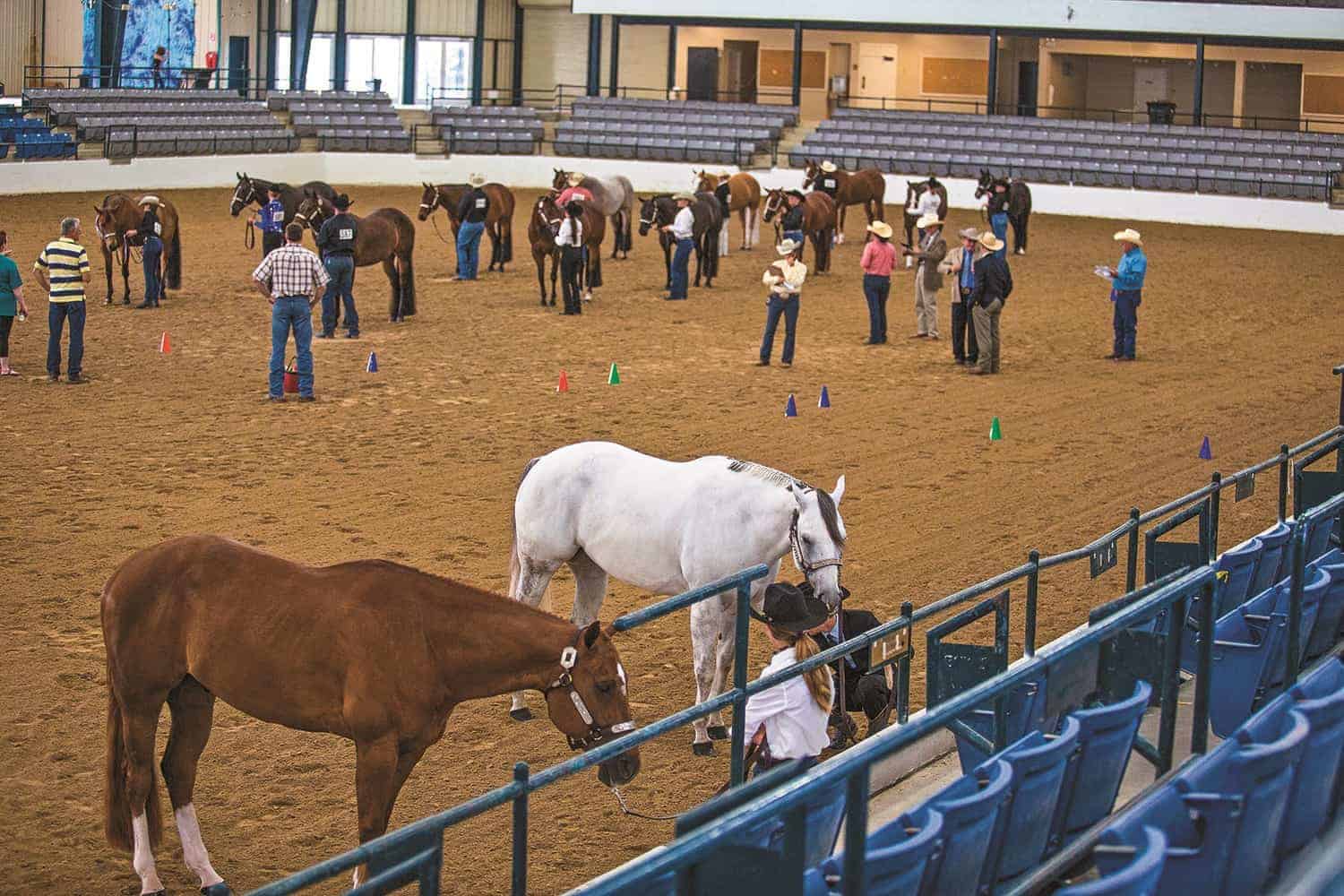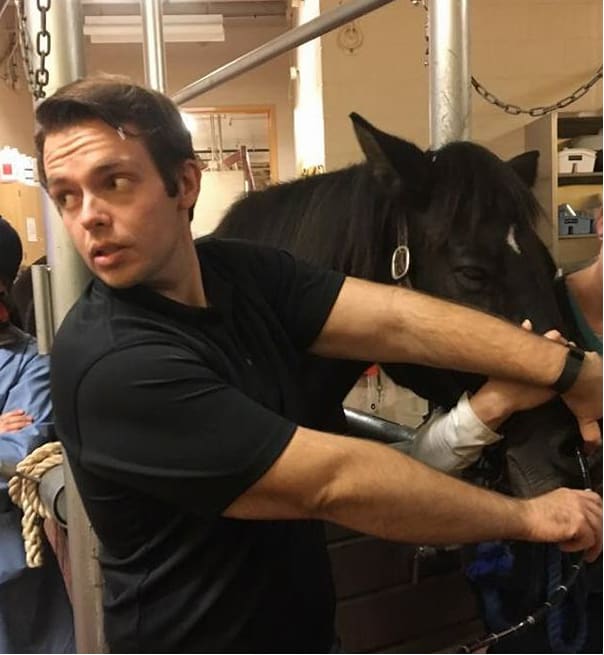Using Computer Simulation to Prevent Equine Disease

Horse shows are a huge part of the horse industry. Some competitors travel to multiple arenas, grounds, and private facilities each year, some across state lines or even national borders. Those competitions can be festering ground for many equine diseases that a horse owner can unknowingly bring back to their own barn. As such, owners should take steps to prevent equine disease spread during and after competitions.
In a new study from Kelsey Spence, PhD, and her colleagues from the University of Guelph’s Ontario Veterinary College, in Canada, computer simulation models were used to assess the risk of disease spread from horse events and the effectiveness of various control protocols in the face of the outbreak at a home stable.
“A computer simulation model is essentially a virtual representation of a situation we could see in real life,” said Spence. “We end up with a virtual scenario that tries to represent what we see in real life
Create a free account with TheHorse.com to view this content.
TheHorse.com is home to thousands of free articles about horse health care. In order to access some of our exclusive free content, you must be signed into TheHorse.com.
Start your free account today!
Already have an account?
and continue reading.

Written by:
Chris White, DVM
Related Articles
Stay on top of the most recent Horse Health news with












